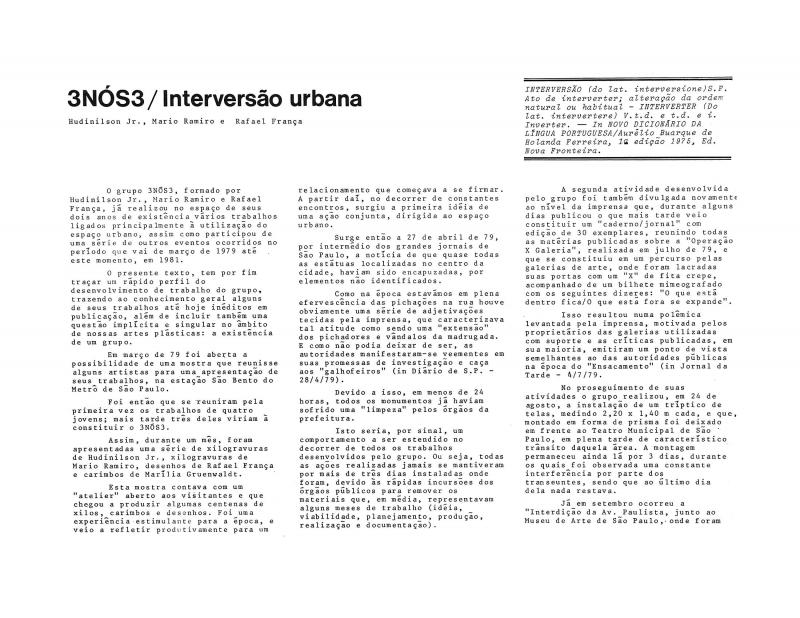This is a paradigmatic document from one of the two branches into which “technological” art split. Based on semiological categories originally suggested by Umberto Eco (1932–2016), Mário Ramiro (b. 1957) can be classified as a non-apocalyptic, but totally integrated artist. He questions the benefits that computers and computer science have created for mankind. His scathing remarks set him against the members of his generation that opted for the so-called “return to painting,” using traditional media (brushes and paints) as encouraged by the highest bidder: the market. Something like this was done in Europe between the wars to suffocate the energy of the avant-garde in the name of a “return to order.” Ramiro’s approach also challenges the mysticism based on which certain “members” behave like true believers in the simple use of technology.
Ramiro is undoubtedly one of the most active artists of his generation in the area of art, science, and technology. In fact, his telecommunications art puts him on the international stage. Early in his career, he worked in public spaces in São Paulo with two other artists (Hudinilson Jr. and Rafael França) with whom he formed the group 3NÓS3. He produced experimental works with Xerox copies, videotext, slow-scan, and other media. He is still producing art and is also a professor at the ECA-USP (Escola de Comunicações e Artes da Universidade de São Paulo).
[The following articles about the group 3NÓS3 are available in the ICAA digital archive: also by Ramiro “Zona de Tensão” (doc. no. 1111240), and by Ramiro, Hudinilson Jr. and Rafael França “3NÓS3/Intervenção urbana” (doc. no. 1110667)].


